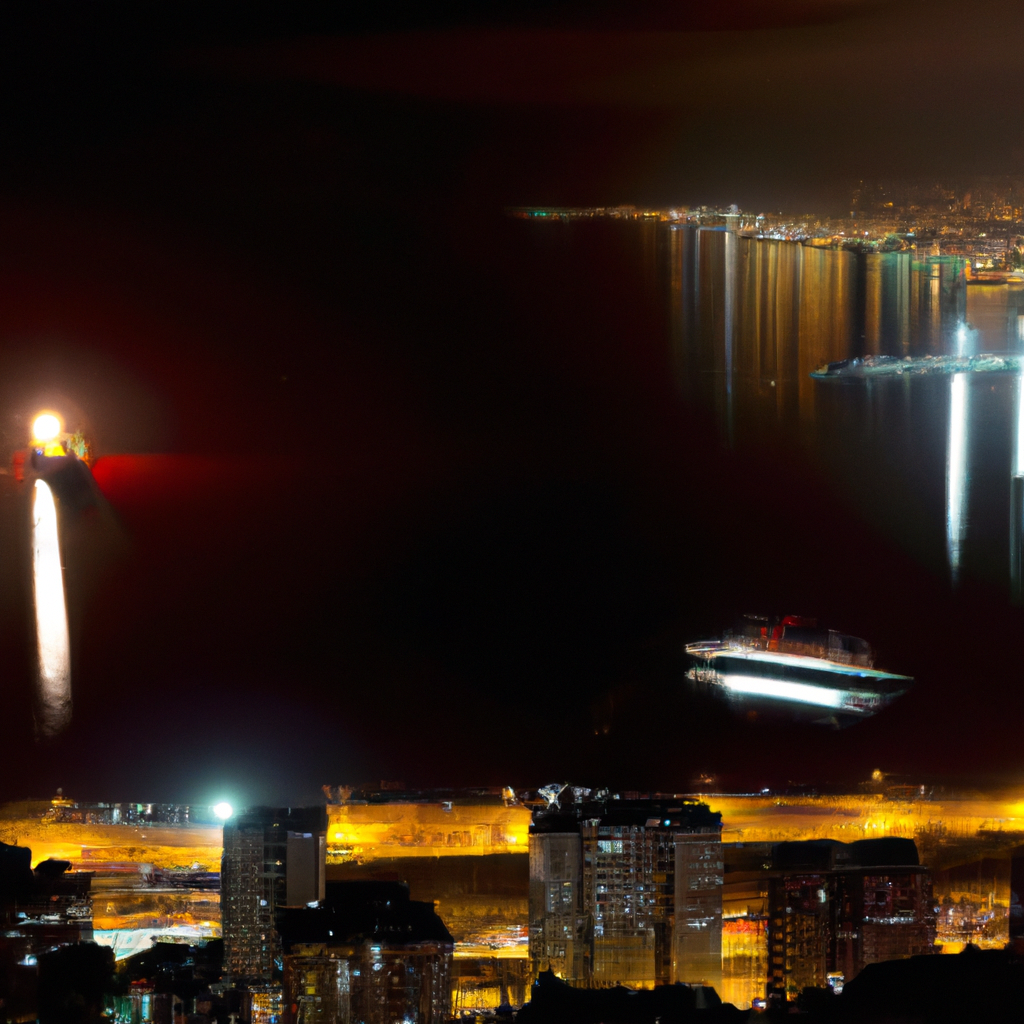Long-exposure photography is a technique in which the shutter of a camera is left open for an extended period to create a stunning effect in the photograph. This type of photography can be used to capture light trails, motion blur, and other creative effects. In this article, we will explore the techniques of long-exposure photography, including camera settings, equipment, and tips to help you take amazing photographs.
Camera Settings
Long-exposure photography requires specific camera settings to achieve the desired effect. The most critical setting is the shutter speed, which determines how long the camera’s shutter remains open. The longer the shutter speed, the more light is captured, resulting in a brighter photograph. However, a longer shutter speed also increases the risk of camera shake, which can cause the image to appear blurry.
To avoid camera shake, it’s essential to use a tripod or other stable support for your camera. Additionally, adjusting the ISO can help capture more light, but a higher ISO may also result in more noise in the photograph. A neutral density filter can also be used to reduce the amount of light entering the camera, allowing for longer shutter speeds without overexposing the image.
Light Trails
One of the most popular uses of long-exposure photography is to capture light trails. This technique involves photographing moving lights, such as cars or fireworks, to create a stunning visual effect. To capture light trails, select a location with a lot of traffic or other sources of light. Use a tripod to keep the camera steady, and set the shutter speed to several seconds or more.
Motion Blur
Long-exposure photography can also be used to create motion blur in your photographs. This technique involves capturing the movement of a subject, such as a person running or a waterfall flowing. To achieve motion blur, use a slow shutter speed and tripod to keep the camera steady. Additionally, you can experiment with panning, which involves moving the camera in the same direction as the subject’s movement to create a blurred effect.
Neutral Density Filter
A neutral density filter is a piece of equipment that can be used to reduce the amount of light entering the camera. This filter is particularly useful in bright conditions when a longer shutter speed is needed to create the desired effect. Neutral density filters come in various strengths, allowing you to choose the right filter for your specific needs.
Shutter Speed
The shutter speed is the most critical setting in long-exposure photography. A longer shutter speed allows more light to be captured, resulting in a brighter photograph. However, a longer shutter speed also increases the risk of camera shake, which can cause the image to appear blurry. To avoid camera shake, use a tripod or other stable support for your camera.
Tripod
Using a tripod is essential in long-exposure photography. A tripod will keep your camera steady, reducing the risk of camera shake and resulting in sharper images. Additionally, a tripod allows you to experiment with different angles and compositions, giving you more creative freedom in your photography.
Creative Photography
Long-exposure photography offers endless creative possibilities. By experimenting with different camera settings and techniques, you can create stunning photographs that capture the beauty of the world around us. Whether you’re capturing light trails, motion blur, or other creative effects, long-exposure photography is an excellent way to express your creativity and capture unique images.
In conclusion, long-exposure photography is an exciting and creative technique that can be used to capture stunning images. By understanding the camera settings, equipment, and techniques involved in long-exposure photography, you can experiment with different effects and create beautiful photographs. Whether you’re a professional photographer or a hobbyist, long-exposure photography is an excellent way to express your creativity and capture the beauty of the world around us.







